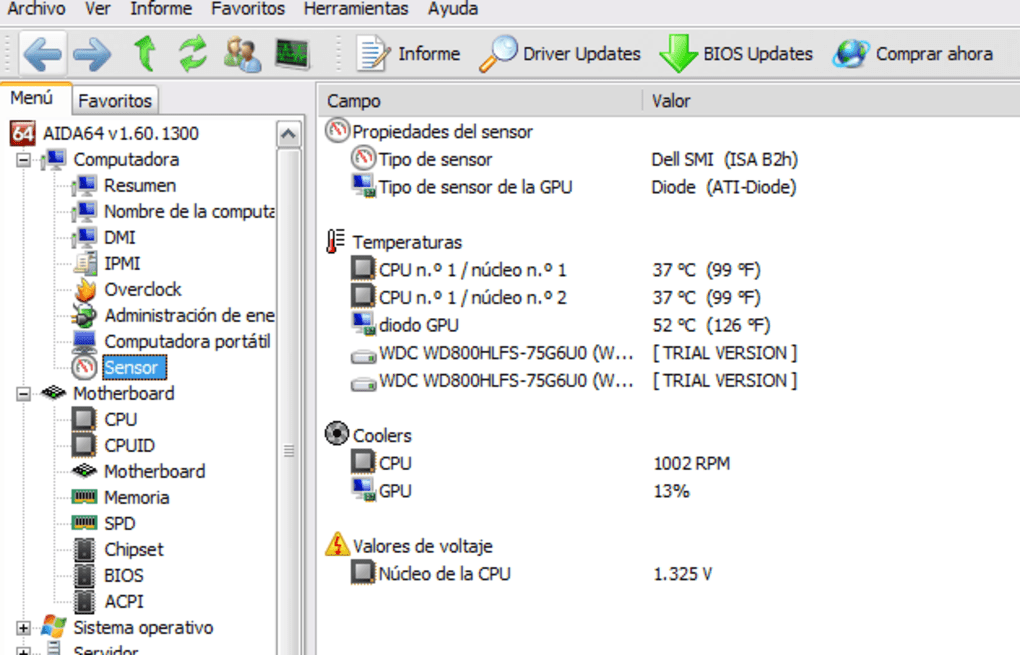

Memory size and Bandwidt - video memory and bus bandwidth.Memory type and bus width - the type of video memory and the bit width of the data exchange bus between the memory and the GPU.Pixel Fillrate - Pixel rendering speed.

DirectX Support - the supported version of DirectX.Shaders - number and type of pipelined (shader) processors.ROPs / TMUs - number of rasterization / texturing units.Device ID - GPU and chip manufacturer identifiers.Subvendor is the manufacturer of the final product (in our example, NVIDIA is the manufacturer of the processor, Gigabyte is the video card).Transistors - the number of transistors in the chip.GPU is the codename for the graphics chip of the video card.Name - under what name the card is defined in the current operating system.It displays almost everything that is important for the owner to know about his electronic "pet". A free utility GPU-Z will help you get quite complete and detailed information about it. Today we'll talk about how to test a video card for performance and stability, how to identify problems, and indeed how to get the most information about the video subsystem of your computer.īefore starting stress tests, it would be nice to study the characteristics of the card. These and other properties of video cards are easy to determine at home using special testing programs. Or maybe you just want to know what state your card is in: is it working properly, is it overheating, can it be overclocked. Find out what it really is, what kind of load it can pull and how it will behave in games. What's the first thing to do after you've bought and installed a new graphics card in your computer? Well, of course, get to know her better.


 0 kommentar(er)
0 kommentar(er)
